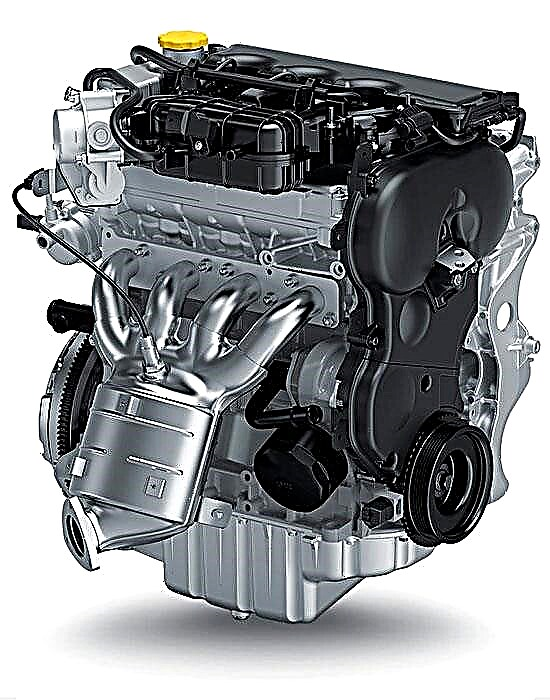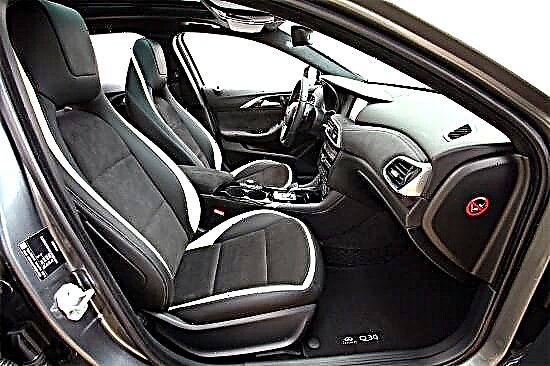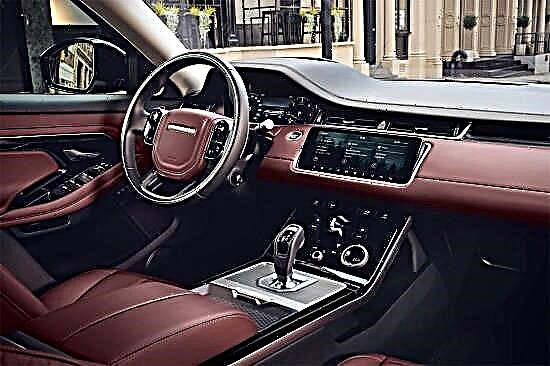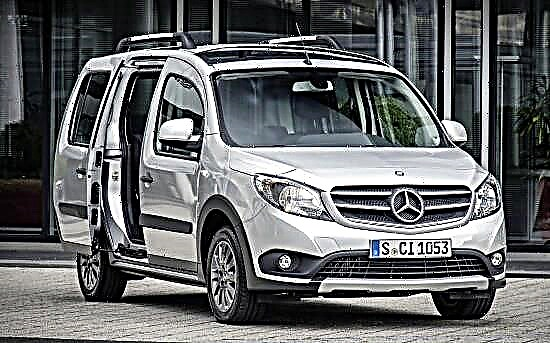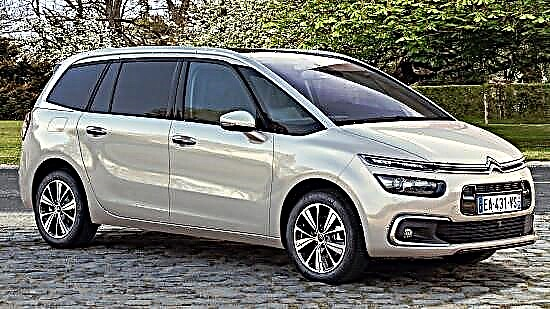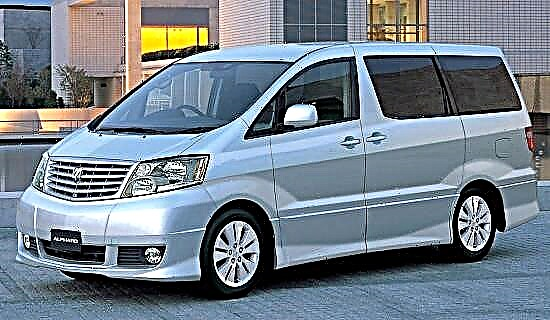The first generation Toyota Alphard luxury minivan was put into production in 2002, and it was originally intended for the Japanese market. In 2005, the car underwent an update, as a result of which the exterior and interior were slightly transformed, and a hybrid version appeared.
In this form, "Alphard" was produced until 2008, after which it acquired a follower.

The solid appearance of the "first" Toyota Alphard is supported by impressive dimensions: 4865 mm in length, 1900 mm in height and 1840 mm in width. The wheelbase is 2950 mm of the total length, and the ground clearance is 168 mm.

Depending on the version, the curb weight of the minivan varies from 2100 to 2440 kg.

For the 1st generation Toyota Alphard, three power plants and three types of gearboxes were offered:
- "Base" is considered a 2.4-liter "four", delivering 160 horsepower and 221 Nm of torque transmitted to the front wheels through a 4-band "automatic".
- "Top" unit - 3.0-liter naturally aspirated V6, generating 220 "horses" of power and a maximum thrust of 304 N · m. It is paired with a 5-speed automatic transmission and all-wheel drive technology.
- Also, the "first Alphard" was available in a hybrid version with a 2.4 liter gasoline engine (130 hp and 190 Nm), a pair of electric motors (one is responsible for the front axle, and the other for the rear) and a variator (CVT).
The suspension scheme on the Toyota Alphard is as follows: independent with traditional McPherson struts in the front, semi-independent with a torsion beam at the rear.
The braking system is represented exclusively by disc mechanisms, and the steering gear is equipped with a hydraulic booster.
In the secondary market of the Russian Federation, the range of prices for the 1st generation Toyota Alphard is very large: according to data for 2017, it is ~ 700 ± 300 thousand rubles (the price of a particular instance largely depends on the condition and equipment).
Advantages of the Japanese minivan: good appearance, ergonomic interior, large amount of space in the cabin, rich equipment, powerful and high-torque engines, good dynamics for such a large and heavy car, good visibility and overall reliability of the structure.
Disadvantages: rather modest ground clearance, high level of fuel consumption, not too agile gearboxes.

